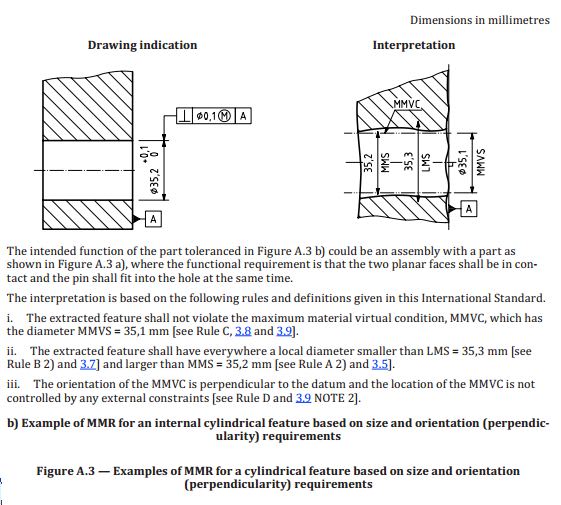Alan Lowbands
Aerospace
- May 17, 2017
- 274
Hi,
I was hoping someone might be able to help.
I have just received a report and can't understand how the perpendicularity tolerance was calculated using MMC.
There are two diameter measurements reported, one is stated 'mated' and used for the perpendicularity tolerance at MMC.
The other diameter measurement is different.
Does anyone know which of the two measurements are correct and how the 'mated' measurement is achieved ?
I was wondering if it's software generated but unsure.
I have attached a screen grab.
Any help would be really appreciated
best regards
Alan
I was hoping someone might be able to help.
I have just received a report and can't understand how the perpendicularity tolerance was calculated using MMC.
There are two diameter measurements reported, one is stated 'mated' and used for the perpendicularity tolerance at MMC.
The other diameter measurement is different.
Does anyone know which of the two measurements are correct and how the 'mated' measurement is achieved ?
I was wondering if it's software generated but unsure.
I have attached a screen grab.
Any help would be really appreciated
best regards
Alan

